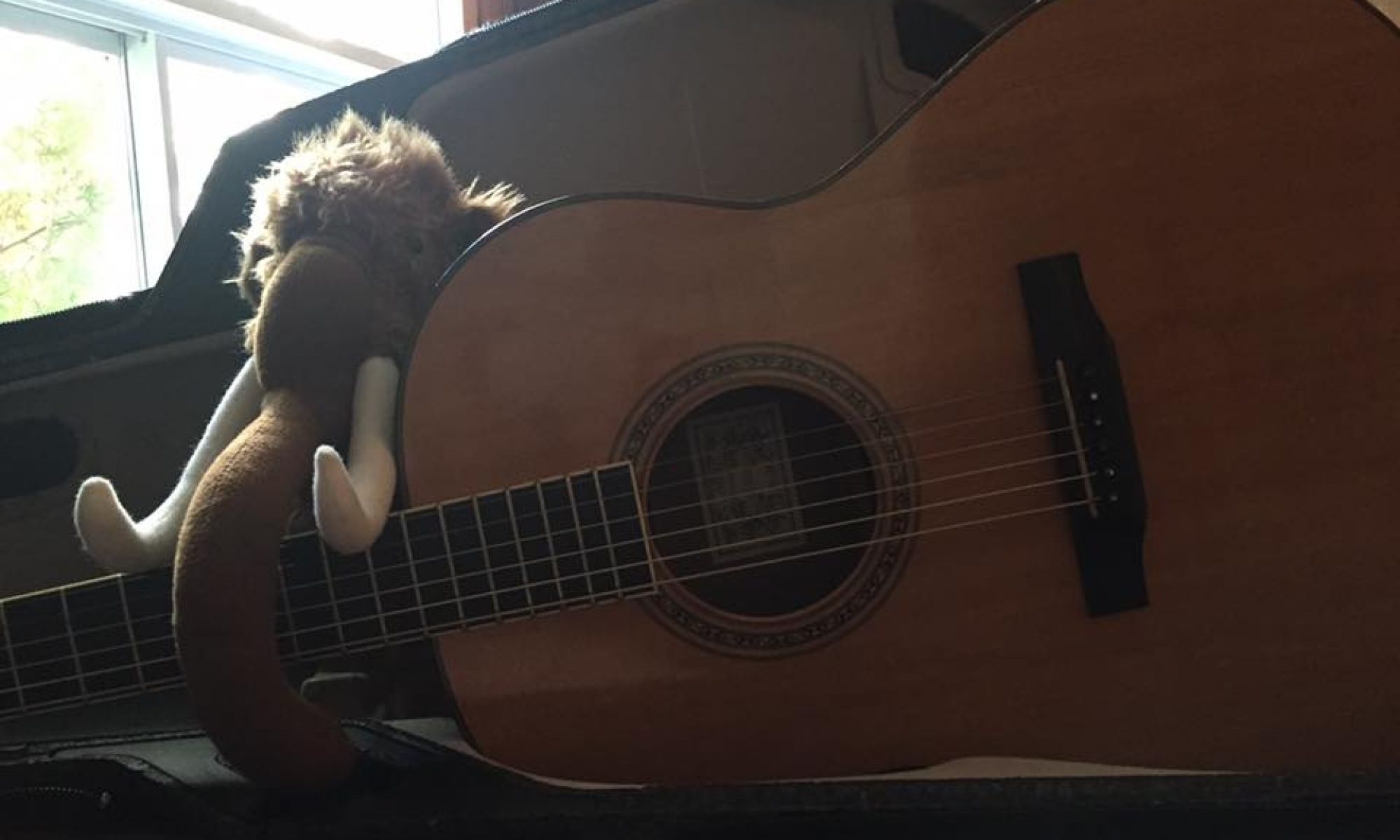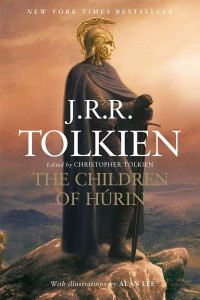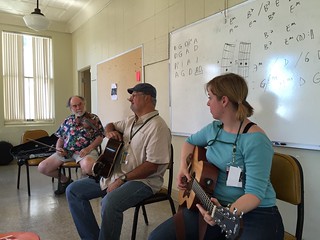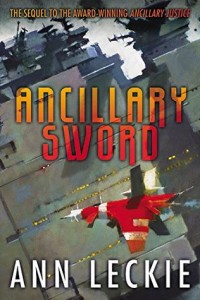The earliest chapters of Fellowship of the Ring are a stretch of the book that diverge the most from the movie. I remember to this day being surprised by the movie version of the tale, and how quickly it has Frodo setting off at Gandalf’s urging; there’s very little sense in the movie of time passing. In the book, though, Frodo does not in fact set out on the great quest for several years.
It’s an interesting pacing decision, and yet another example of things that I don’t think a lot of modern authors could get away with. Many years are covered in Chapter 2, “The Shadow of the Past”, years in which everyone in the Shire has plenty of time to gossip about Bilbo’s disappearance and to form opinions on what it means for Frodo as well. Frodo, too, has time to develop his own reputation for oddity. After Chapter 1’s description of how Bilbo looked amazingly well preserved for a hobbit of eleventy-one, it leaps right out to the reader’s eye that Frodo, too, shows no apparent sign of aging. I can only imagine the Ring going .oO (La la la), biding its time, since we see in this chapter that Frodo has in fact been carrying it around.
We get another community gossip scene, this time led by Sam Gamgee, and giving him fuel to go pay rather closer attention to what’s going on with Mr. Frodo. Pertinent as well that that scene takes place at the Green Dragon!
Most of this chapter, though, is given over to Gandalf’s eventual return to the Shire and his cluing in Frodo about what exactly that shiny golden bauble in his pocket is. And it’s a bit of a weird reading experience, given how heavily the movies are imprinted into my brain now–because every time I read a bit of dialogue that made it into the movie version of Fellowship, the character voices in kick in. But it’s not complete, because the movie script did trim things down considerably. So it’s like I’ve got the movie stopping and starting again in my brain as I read.
Moreover, bits of it keep skipping forward in the movie script. There are things here that actually crop up later in the movies, including the account of how Gollum got the Ring–which we don’t see in the movies until the flashback scene at the beginning of Return of the King. That’s one of the editing decisions on the movie I agree with, on the grounds that it does admittedly strike me as a little weird that Gandalf managed to wring the story out of Gollum in such detail. And it’s more effective to me to see it actually play out in action as opposed to hearing about it after the fact, as one character tells the story to another.
One other bit I recognized as occurring later in the movies is this exchange between Gandalf and Frodo:
“I wish it need not have happened in my time,” said Frodo.
“So do I,” said Gandalf, “and so do all who live to see such times. But that is not for them to decide. All we have to decide is what to do with the time that is given us.”
Also this quote of Gandalf’s:
“Behind that there was something else at work, beyond any design of the Ring-maker. I can put it no plainer than by saying that Bilbo was meant to find the Ring, and not by its maker. In which case you also were meant to have it. And that may be an encouraging thought.”
And this exchange as well, re: why Bilbo didn’t kill Gollum:
“What a pity that Bilbo did not stab that vile creature, when he had a chance!”
“Pity? It was Pity that stayed his hand.”
Which just goes to tell me that when the scripts were written by the Lord of the Rings movie team, they recognized so much of the value of Tolkien’s actual dialogue and were prepared to use gems like these elsewhere even as they edited scenes. Editor Anna appreciates the craft of the decisions they had to make there!
When Frodo finally comes to his decision about heading out with the Ring, I must say that I also approve of how the movie tweaked that, too: having Frodo simply say “What must I do?” It focuses his resolve in a way that’s more appropriate to the tighter, more urgent portrayal of the situation in the movie.
And, of course, we have Sam revealing himself as he’s listening in from outside, and Gandalf drafting him for the quest. There’s more of an exchange here too than there is in the film, and a bit more emphasis on Sam wanting to go see elves.
All in all this whole chapter is an exercise in my having an increased appreciation for the editing decisions that went into writing the scripts for the movies–and how aspects of Tolkien’s writing that modern authors would not IMHO get away with got tightened up to better suit the tastes of a modern movie-viewing audience. Still great fun to go back and revisit Tolkien’s original version of these events, though. Particularly the revelation of the writing in the fire!
Next post: Frodo finally gets his hobbit butt in gear and sets out. There are Black Riders! And Elves!





